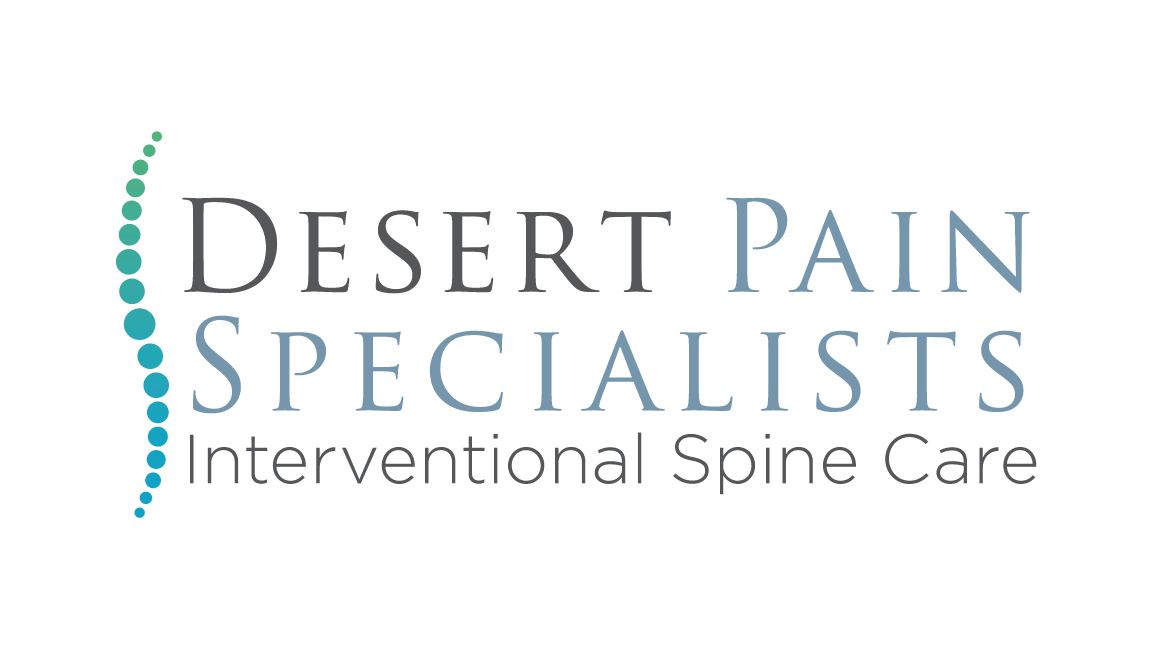When you’re in pain, one of the first places you turn to for relief is pain medication. Whether you need a temporary solution for lower back pain following an injury or you’re looking to start a chronic pain medication regimen, knowing how to take prescription drugs is crucial for your safety. Explore the ins and outs of responsible pain medication management to ensure they provide relief with the least amount of risk.

What to Know Before Taking Pain Medications
Before you start a new pain relief medication, it’s vital to clarify a few key points:
-
- The drug’s name: You should know precisely what you’re taking, including the brand and generic name, to help you understand more about the medication and its use.
-
- The proper dosage: The amount and frequency of medication you should take are crucial factors. Overuse can lead to adverse effects, while underuse might not effectively manage your pain.
-
- The purpose of the drug: Understanding why you have been prescribed a particular medication helps you align your treatment goals and expectations.
-
- The risks: Be aware of potential side effects or interactions with other medications you’re taking to avoid complications.
-
- Your type of pain: Differentiate between chronic and acute pain to help you select the right medication for your needs.
-
- Your lifestyle: Discuss with your doctor how your lifestyle might affect or be affected by the medication.
-
- Your history: Share your full medical history, including any past addictions or adverse reactions to medications, with your healthcare provider to promote safe, effective treatment.
Common Types of Pain Medication
A broad spectrum of pain relief medication is available today, each with a specific purpose and potential risks. Here’s a quick list of pain medications you should know:
-
- Over-the-counter (OTC) pain relievers: These non-prescription drugs are easily accessible and can manage mild to moderate pain. Examples include the non-aspirin pain reliever Tylenol (acetaminophen) and non-steroidal anti-inflammatory drugs (NSAIDs) like Advil (ibuprofen) and Aleve (naproxen). They are suitable for temporary relief from headaches, muscle aches, and minor injuries.
-
- Prescription non-opioid pain relievers: These are stronger than OTC medications and are prescribed for more severe pain. Examples include higher doses of NSAIDs and drugs specifically targeting pain mechanisms, like certain antidepressants or anticonvulsants for nerve pain.
-
- Opioid pain medications: Prescribed for severe pain relief, such as pain from surgery or severe injuries, opioids are powerful and come with a high risk of addiction and side effects. They require trained medical supervision and should be taken with extreme caution. Examples include morphine, codeine, oxycodone, and hydrocodone.
-
- Adjuvant analgesics: Sometimes, medications primarily used for conditions other than pain can be helpful as part of a pain management strategy, such as certain antidepressants or anticonvulsants.
Dosage and Safe Usage
Following the correct dosage and recommended use of pain medication is crucial for safe, effective pain management. This includes understanding the amount of medication you should take and how often you should take it. It’s essential to follow the prescription or the directions on the label precisely, which may advise you to take the medication at certain times of day or with a meal for the best results.
In addition, be aware of potential interactions with alcohol and any other medications you’re taking. Monitor for side effects and consult a healthcare provider if any questions or concerns arise. Safe storage and proper disposal of unused or expired medications are also important to prevent misuse or accidental ingestion by others.
Risks and Side Effects
Every pharmaceutical comes with risks and the potential for side effects, though some may be more severe than others. Here are some issues that may arise when taking certain drugs:
-
- Gastrointestinal issues: NSAIDs, in particular, are known to cause nausea if taken on an empty stomach. In severe cases, stomach bleeding and ulcers may occur.
-
- Allergic reactions: It’s possible to be allergic to any medication, with reactions ranging from mild rashes and itching to severe anaphylaxis (constriction of the airway and difficulty breathing).
-
- Liver and kidney damage: Long-term use of certain pain medications, including acetaminophen, can lead to liver damage. Also, NSAIDs are known to affect kidney function.
-
- Drowsiness and dizziness: Many pain medications, especially opioids, can cause drowsiness, confusion, or dizziness, impacting your ability to operate motor vehicles or perform daily tasks safely.
-
- Dependency and addiction: Particularly with opioid painkillers, there’s a risk of developing dependence or addiction, even when used as prescribed.
Seek Professional Guidance
Managing pain is complex—you shouldn’t have to go it alone. Whether you’re suffering from acute or chronic pain, the physicians at Desert Pain Specialists are here to help. We take a patient-oriented approach, emphasizing care and compassion throughout each phase of your treatment. Our team of local doctors takes great care in adopting the most appropriate pain management solutions for your specific type of pain. We offer cutting-edge regenerative medicine and a comprehensive, multi-disciplinary approach that goes well beyond prescribing pain medication. For personalized care that prioritizes your well-being, please contact us at (435) 216-7000 to schedule a consultation at one of our clinics in St. George, Cedar City, Mesquite, or another Utah or Nevada location near you

